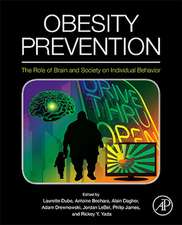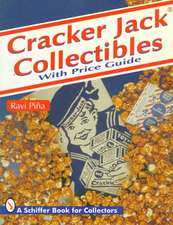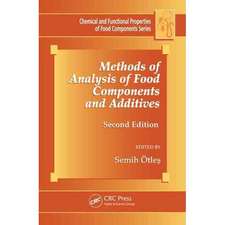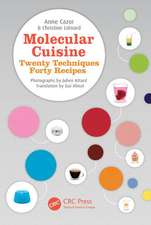Automatic Control of Food Manufacturing Processes
Autor I. McFarlaneen Limba Engleză Hardback – 31 dec 1995
| Toate formatele și edițiile | Preț | Express |
|---|---|---|
| Paperback (1) | 646.94 lei 6-8 săpt. | |
| Springer Us – 20 sep 2012 | 646.94 lei 6-8 săpt. | |
| Hardback (1) | 644.95 lei 6-8 săpt. | |
| Springer Us – 31 dec 1995 | 644.95 lei 6-8 săpt. |
Preț: 644.95 lei
Preț vechi: 758.77 lei
-15% Nou
Puncte Express: 967
Preț estimativ în valută:
123.43€ • 128.38$ • 101.90£
123.43€ • 128.38$ • 101.90£
Carte tipărită la comandă
Livrare economică 15-29 aprilie
Preluare comenzi: 021 569.72.76
Specificații
ISBN-13: 9780751402070
ISBN-10: 0751402079
Pagini: 251
Ilustrații: X, 251 p.
Dimensiuni: 210 x 279 x 16 mm
Greutate: 0.54 kg
Ediția:2nd ed. 1995
Editura: Springer Us
Colecția Springer
Locul publicării:New York, NY, United States
ISBN-10: 0751402079
Pagini: 251
Ilustrații: X, 251 p.
Dimensiuni: 210 x 279 x 16 mm
Greutate: 0.54 kg
Ediția:2nd ed. 1995
Editura: Springer Us
Colecția Springer
Locul publicării:New York, NY, United States
Public țintă
ResearchCuprins
1 Investment in automation.- 1.1 Incentives.- 1.2 Industry rationalisation.- 1.3 Added value.- 2 In-line sensors.- 2.1 Sensors for process conditions.- 2.2 Moisture, fat and protein content.- 2.3 Chemical and biochemical sensors.- 2.4 Size, colour and turbidity.- 2.5 Sorting, vision systems and foreign body detection.- 2.6 Reliability of measurement.- 3 Control equipment and resources.- 3.1 Recipe data systems.- 3.2 Handling of controls.- 3.3 Data transmission.- 3.4 Process regulation.- 3.5 Closed-loop control and optimisation.- 3.6 Advanced control.- 3.7 Summary.- 4 Commodity processing.- 4.1 Flour.- 4.2 Starch.- 4.3 Sugar.- 4.4 Milk.- 4.5 Oils and fats.- 4.6 Fruit juice.- 4.7 Fermentation.- 5 Manufactured products.- 5.1 Extrusion cooking.- 5.2 Bakeries.- 5.3 Dairies.- 5.4 Thermal processing of particulate foods.- 5.5 Coffee roasting.- 5.6 Summary.- 6 Products with preserved structure.- 6.1 Meat and fish.- 6.2 Fruits and vegetables.- 6.3 Modified atmosphere packaging.- 6.4 Confectionery and ice-cream.- 6.5 Encapsulation.- 6.6 Packaging.- 7 Integrated plant control.- 7.1 Field wiring.- 7.2 Data transmission and supervisory computers.- 7.3 Software trends.- 7.4 Guildelines for new projects.- Appendix — Control theory.- A.1 Modelling of dynamic systems.- A. 1.1 The Laplace transform.- A.1.2 The Nyquist diagram and Bode plot.- A.l.3 Tests for stability.- A.2 Closed-loop control.- A.2.1 Stability of a closed-loop.- A.2.2 Linear control actions.- A.2.3 Controller design using the Evans root locus method.- A.2.4 Loop tuning.- A.3 Dead-time controllers.- A.3.1 Model of time delay.- A.3.2 Tuning a loop with short time delay.- A.3.3 Control of feedback loops with long time delays.- A.4 Multivariable control.- A.4.1 Decoupling two interacting loops.- A.4.2 Vector notation formultivariable systems.- A.4.3 Optimisation.- References.


















